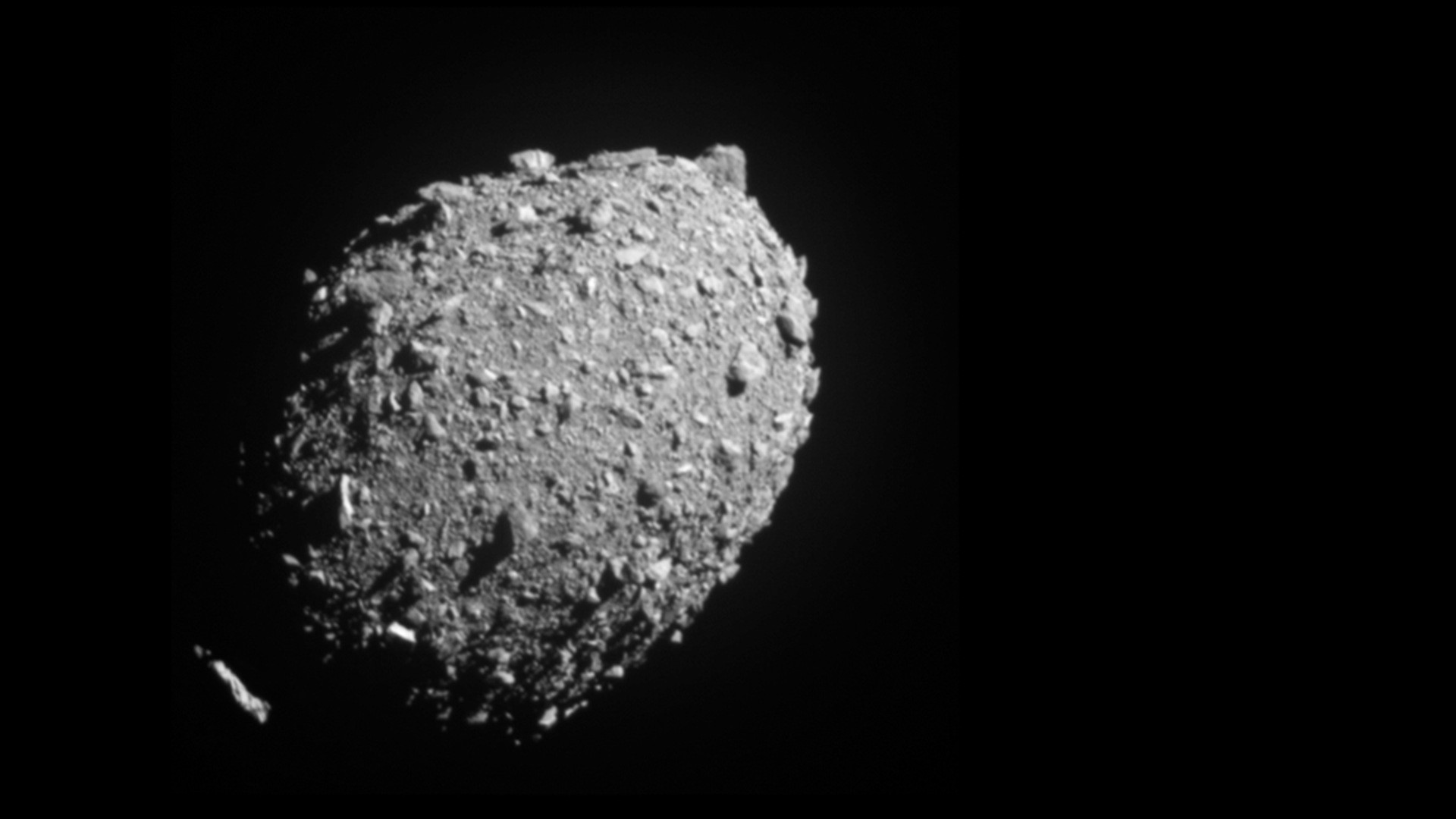Recently scientists detected Microplastics in drinking water as well as in drinking water sources. Microplastics in the water affect humans, animals, and the overall environment. According to a study in 2015, the accumulated number of microplastic particles in the world’s oceans ranges from 15 to 51 trillion particles, weighing between 93,000 and 236,000 metric tons.
Now researchers have discovered a new way to remove microplastics in the wastewater directly at the source. They did it by using diamonds and titanium. Researchers managed to decompose these plastic microfibers into naturally occurring molecules.
Did you know that microfibers from our clothes are one of the biggest contributors to water pollution? Most of our synthetic clothes are made of plastic. They are also shedding microplastic fibers into our wastewater…causing water pollution.
“The release of microplastics into the marine environment is recognized as an important problem related to water pollution. It has been shown that in aquatic environments, these microplastics adsorb toxic substances and can be ingested by aquatic organisms,” researchers from the Institut National de la Recherche Scientifique (INRS) in Canada.
“Afterwards, they accumulate in the food chain and subsequently reach humans.”
Concept behind
Researchers devised a technique that catches these fibers and also deconstructs them. Professor Patrick Drogui explained, “Using electrodes, we generate hydroxyl radicals (·OH) to attack microplastics. This process is environmentally friendly because it breaks them down into CO2 and water molecules, which are non-toxic to the ecosystem,”
In experiments, researchers used water that was artificially contaminated with 26 µm size polystyrene microbeads. They used boron-doped diamond and titanium electrodes on this water. After six hours, they found that 89 percent of the plastic was degraded.






